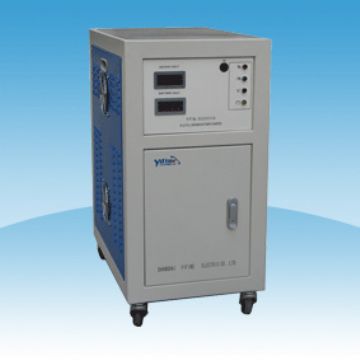
Inverters play a critical role in modern electrical systems by converting direct current (DC) into alternating current (AC). This conversion enables the integration of renewable energy sources like solar and wind into the power grid. Among the various techniques used within inverters, frequency mixing and frequency conversion are two prominent methods that serve different purposes. Understanding their distinctions is essential for optimizing inverter performance and system efficiency.
Frequency mixing is a process that combines two different frequencies to produce new frequencies as outputs. In the context of inverters, it typically involves the modulation of signals to create harmonics or sidebands. The primary goal of frequency mixing is to enhance the signal's characteristics, enabling better control over the power delivery in an inverter system. For instance, it can help to generate signals that are more compatible with the grid requirements, thus improving overall energy efficiency.
On the other hand, frequency conversion refers to the process of changing the frequency of an AC signal while maintaining its power characteristics. This technique is crucial when interfacing different electrical systems that operate at varying frequencies. In inverters, frequency conversion often occurs when harmonizing the output frequency with the grid frequency. It ensures that the inverter's output can seamlessly integrate with other components of the electrical system, providing stable and reliable power to consumers.
The primary difference between frequency mixing and frequency conversion lies in their purpose and functionality. Frequency mixing is aimed at signal enhancement and creating new frequency components, whereas frequency conversion focuses on adjusting the frequency of a signal to match existing standards. While both methods can occur within the same inverter system, their applications cater to different aspects of signal processing, which is essential for maintaining power quality and system coherence.
In practice, frequency mixing is often used in advanced modulation techniques, such as pulse-width modulation (PWM), to optimize waveform quality and minimize distortion. Frequency conversion, conversely, is employed in grid-tied inverters, where the output frequency must synchronize with the grid. By leveraging both techniques, engineers can create robust inverter designs that enhance performance and comply with regulatory standards.
In summary, while frequency mixing and frequency conversion are two distinct processes, they are both integral to the functionality of inverters. Understanding their differences allows for improved design and application, ensuring that inverters not only meet performance expectations but also contribute positively to energy systems. As technology continues to evolve, the role of these methods in enhancing inverter efficiency will only become more significant, paving the way for a sustainable energy future.
Next:The Reliability of Hybrid Inverters Are They Prone to Failure
Previous:Harnessing Solar Energy A Guide to Integrated Photovoltaic Off-Grid and Grid-Tied Energy Storage In